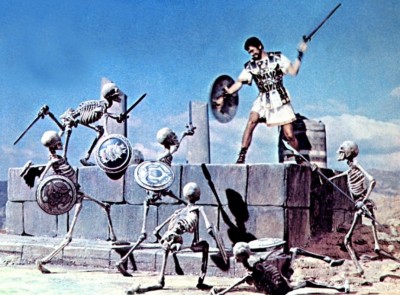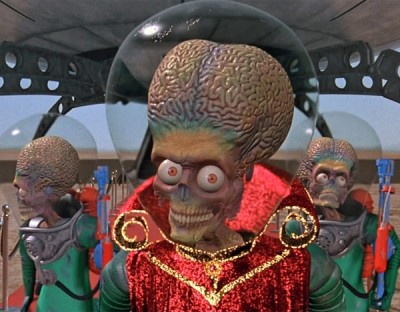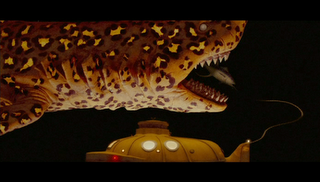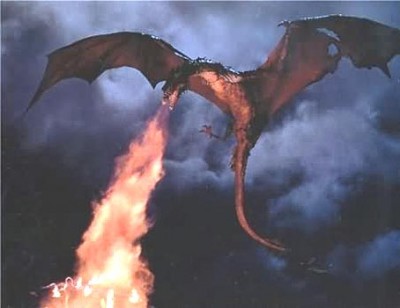The Death of Stop-Motion Animation as a Special Effect
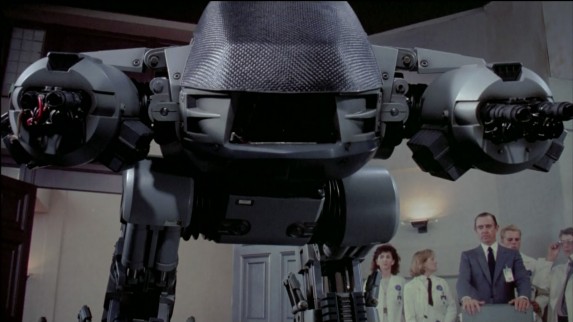
I’ll never forget the disappointment I felt when it was announced that Tim Burton would be using CGI to animate the aliens in 1996’s Mars Attacks! instead of stop-motion animation, as originally planned.
If there was any doubt remaining that the CGI era was well-and-truly upon us, it was extinguished by this last-minute turnaround from Burton, who had been impressed by a CGI test reel just before production was scheduled to begin.
I embraced the CGI era as much as the next guy, lapping up critical forward steps in the technology’s development as displayed in films like The Abyss; Terminator 2: Judgement Day and Jurassic Park through to Starship Troopers; Hulk and Lord of the Rings: The Two Towers.
So there’s no denying that the kinds of films I love have benefitted greatly from the CGI boom, but one victim of technology’s pervasiveness is the increasingly old fashioned art of stop motion animation.
Any movie geek worth their salt has due reverence for legendary stop-motion animator Ray Harryhausen, whose highly influential work in films like The 7th Voyage of Sinbad; Jason and the Argonauts and the original Clash of the Titans is cited by everyone from Steven Spielberg to Peter Jackson. Apparently that reverence doesn’t extend to honouring his special effects techniques, which have long since been left behind in favour of CGI. Coming from a progressive perspective, fair enough.
But I’ve always felt that stop motion animation special effects, particularly when applied to creatures, offer a certain tangibility that CGI has never quite achieved. I’m not saying one is more valid than the other, but neither technique gets there 100% with the realism, and so both have value as alternatives to each other.
Mars Attacks! remains an underrated movie, but I’ve never stopped imagining how much cooler it could’ve been if Burton had gone with his original idea to bring the aliens to life with stop-motion animation. The CGI in the finished film isn’t terrible, but it lacks the personality that stop-motion animation might’ve brought, especially in the aliens’ body movements.
As dictated by its gruesome trading card source material, everything in Mars Attacks! screams retro and old school – except for the special effects. Stop-motion animation would’ve been a much better fit for the aesthetics of the film, and I think would’ve enhanced its visual wit.
It’s kind of ironic that Burton sounded the death knell for stop motion special effects with this film, as he remains one of the greater art form’s strongest advocates, his affection evident in his latest movie, the stop motion animation gothic comedy Frankenweenie.
But while I love wholly animated stop-motion feature films, I consider them to be a seperate thing from a stop motion animated creature or special effect in an otherwise live action movie.
With high profile proponents like Burton and the Aardman people, stop motion animated features have successfully maintained a presence in the era of Pixar. Aardman’s latest film The Pirates! looks about as old school stop-motion as it gets, but even the people behind Wallace and Gromit are factoring the digital future into their business model.
The upcoming ParaNorman (released in NZ in January) also has a pleasing old school look about it, but you’d be hard-pressed to find a modern stop motion animated feature that doesn’t rely on digital touch-ups.
So it’s great that stop-motion animated films are surviving, but I wish some of that passion extended to special effects techniques employed in live action movies.
The technique has found an unlikely champion in the form of iconoclastic arthouse auteur Wes Anderson. His marvelously-textured 2009 stop motion adaptation of Fantastic Mr Fox betrayed a huge affection for the tangibility of the form, and as best I can tell, his 2004 film The Life Aquatic With Steve Zissou was the last live action movie to feature a stop-motion creature – in this case the Jaguar Shark that torments the title character, as seen during the movie here.
Michel Gondry used the technique in his live action 2006 film The Science of Sleep, though not to animate a creature as best I can tell. And according to this list, the upcoming DVD release A Very Harold and Kumar Christmas features a stop-motion animated “Stoned Dream Sequence”. Great.
Aside from these examples, the use of stop-motion animation as a special effect has pretty much completely died out. Bummer.
Ray Harryhausen’s wide array of stop-motion creatures make up most of the best examples of the art-form and have been widely recognised as such, but some of my favourite stop-motion achievements come from the post-Harryhausen era. Like Phil Tippet’s ED-209 in Robocop – more personality came through in the mech-inspired robot’s jerky movements than can be found in the majority of contemporary CGI creatures. You just KNOW the CGI ED in the upcoming remake is gonna move too fluidly.
Tippet also executed some amazing stop-motion effects in Robocop 2 – the ‘failed robots’ montage is one of the all-time coolest things ever for stop-motion lovers.
Tippet, the true successor to Harryhausen if you had to pick one, created one of cinema’s most iconic stop-motion animation moments in the original Star Wars – the holographic chess game – and went on to do even more amazing work in both Empire (the awe-inspiring AT-AT walkers and the tauntauns) and Jedi (the rancor monster and the AT-ST “chicken” walkers.)
The go motion process Tippet developed for Empire was put to even more ambitious use the underappreciated 1981 fantasy Dragonslayer, which features one of the coolest cinematic dragons of all time.
Other moments of stop-motion magic that remain forever etched on my mind include: The T-800 endoskeleton rising from the ashes at the end of The Terminator; Large Marge’s face going all spazzo in Pee-Wee’s Big Adventure; the menacing cream-puffs in Young Sherlock Holmes and of course the Sumatran Rat Monkey in Peter Jackson’s Braindead.
It’s not hard to imagine why the titans of the film industry are always pushing the medium forward, like James Cameron with his 3D and Peter Jackson with his 48 fps. But I can’t help fantasize about them using their power to make a movie featuring a traditional stop-motion animated creature. Robot Chicken just isn’t satisfying my needs in this area.
Peter Jackson clearly reveres the art-form and it was central to his all-time favourite movie, 1933’s King Kong – he owns the original Kong armature for freak’s sake. Although many of his films can stand as some of the best arguments for the effectiveness of CGI, I would really really like him to at least produce a film that features a stop motion creature of some kind. Please. Thanks.
Do you think stop-motion animation has any place in modern special effects? Favourite examples? Comment below!


